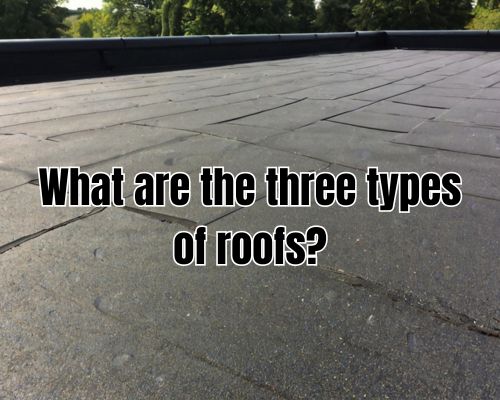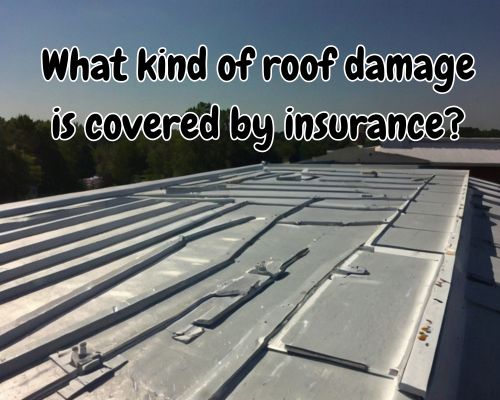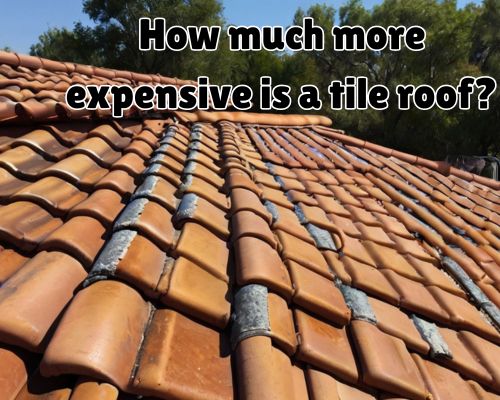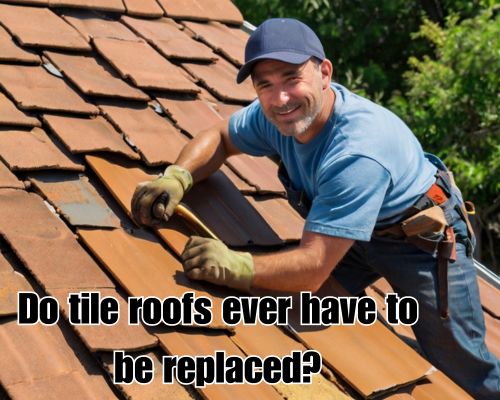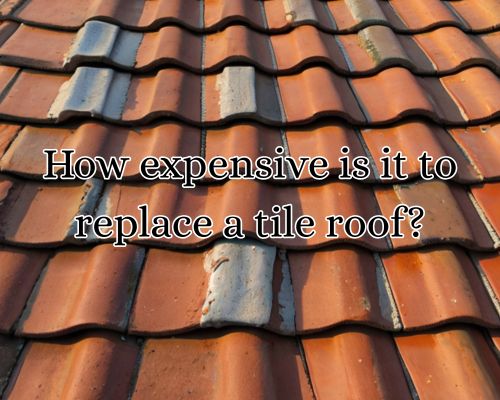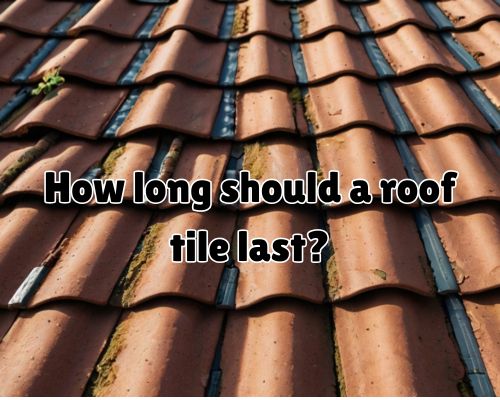What New Jersey Property Owners Need to Know
Commercial roofing systems are critical to a property’s long-term durability and energy efficiency, and one of the most overlooked—but crucial—components of a roofing investment is the roof warranty. Whether you’re managing an office park in Newark, operating a warehouse in Jersey City, or overseeing a retail facility in Trenton, understanding your warranty options helps protect both your roofing system and your bottom line.
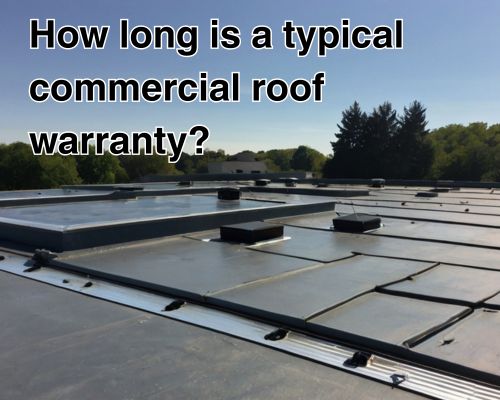
So, how long is a typical commercial roof warranty? The answer depends on several factors—materials, workmanship, installation quality, and manufacturer terms. With Charles Jimerson of CJ Commercial Roofing NJ, we’ll break down the types of warranties, what’s covered, what’s not, and how New Jersey property owners can ensure their investment is protected for years to come.
Types of Commercial Roof Warranties in New Jersey
Commercial roof warranties come in various forms. The three most common types include:
1. Manufacturer’s Material Warranty
This is the most basic coverage. It protects against defects in the roofing materials themselves, such as membrane failures or faulty sealants.
Typical duration:
➡️ 10 to 30 years, depending on the product line and manufacturer.
Example: A TPO (Thermoplastic Polyolefin) roof installed by a certified contractor in Paterson, NJ, may come with a 20-year material warranty from brands like GAF, Firestone, or Carlisle.
2. Workmanship Warranty (Installer’s Warranty)
Offered by the contractor or roofing company, this warranty covers errors in installation.
Typical duration:
➡️ 1 to 10 years, though reputable New Jersey contractors often provide 5-year workmanship warranties as standard.
Pro tip: Always check whether the contractor is licensed and insured in New Jersey. Poor installation is a leading cause of early roof failure.
3. Full System Warranty (NDL – No Dollar Limit)
This is the gold standard. A No Dollar Limit (NDL) warranty covers both materials and labor. Some NDL warranties even include flashing, insulation, and accessories.
Typical duration:
➡️ 15 to 35 years, depending on the system type (e.g., EPDM, TPO, PVC, or modified bitumen) and the level of coverage.
What Influences the Warranty Length?
🔹 Roofing Material Type
- TPO/PVC roofs – Typically backed by 15-30 year warranties.
- Built-up roofs (BUR) – Tend to carry shorter terms, often 10-20 years.
- EPDM – Can range from 20 to 30 years depending on thickness (45 mil vs. 60 mil).
- Metal roofs – May have material warranties up to 40 years, but labor coverage is often limited.
🔹 Manufacturer Certification
Roofing systems installed by certified contractors, such as GAF Master Contractors or Versico Gold Medal Roofers, often qualify for longer, more comprehensive warranties.
In New Jersey, cities like Elizabeth, Camden, and Atlantic City require commercial contractors to follow strict building codes—making certified installers even more critical.
🔹 Maintenance and Inspections
Many warranties require annual or biannual inspections to remain valid. In the variable New Jersey climate—where snow loads, hurricane remnants, and humid summers are common—regular roof maintenance is essential.
What’s Typically Covered?
Commercial roof warranties usually cover:
- Membrane or surface material defects
- Seam failure or membrane shrinkage
- Leaks due to manufacturing flaws
- Some labor costs, if NDL or system warranties apply
What’s Not Covered?
Even comprehensive warranties have exclusions. Watch out for:
- Ponding water damage, if not properly drained
- Storm-related damage (usually covered under property insurance)
- HVAC unit leaks that impact the roof
- Foot traffic-related punctures
- Modifications by unauthorized contractors
💡 New Jersey property owners in regions like Edison and Lakewood should consider foot-traffic protection if rooftop access is common.
Warranties vs. Lifespan: What’s the Difference?
One common misconception is that a warranty equals the actual lifespan of a commercial roof. However, warranty duration ≠ expected roof life. A roof might last longer than its warranty—or fail sooner—depending on weather, installation quality, and upkeep.
Example: A TPO roof in Hoboken with a 20-year NDL warranty might still perform well after 25 years if it’s well-maintained. Conversely, poor installation could void the warranty in just 5 years.
Local Roofing Warranty Trends in New Jersey
In the Garden State, commercial properties face diverse weather extremes—from coastal storms in Asbury Park to snow accumulation in Morristown. These environmental factors influence both warranty terms and the need for higher-quality materials.
Notably, many New Jersey roofing companies now offer customizable extended warranties, often tied to maintenance contracts. This is especially common in high-traffic areas like New Brunswick, where building owners seek long-term performance guarantees.
Tips for Maximizing Your Commercial Roof Warranty
- Get Everything in Writing – Ensure the warranty outlines coverage details, limitations, transferability, and expiration.
- Register Your Warranty – Many manufacturers require formal registration within 30-60 days of installation.
- Schedule Regular Inspections – Many contractors in New Jersey like CJ Commercial Roofing NJ offer semi-annual roof check-ups, which can extend or preserve your warranty.
- Choose Certified Contractors – Look for local credentials, such as NRCA membership or New Jersey state licensing.
- Avoid Unauthorized Modifications – Any change to the roofing system without manufacturer or contractor approval may void the warranty.
Final Thoughts: Is a Longer Warranty Always Better?
Not necessarily. The value of a warranty lies in who’s offering it, what’s included, and how easily it can be claimed. A 30-year material-only warranty from an unknown brand may not compare to a 20-year NDL warranty from a reputable manufacturer with a proven track record in New Jersey.
When selecting a commercial roofing system for your New Jersey property, prioritize quality installation and clarity of warranty terms over flashy numbers. It could save you thousands in future repair costs.
Conclusion: Protecting Your Investment in New Jersey
To recap: How long is a typical commercial roof warranty? Most warranties range from 10 to 30 years, depending on materials and type of coverage. In New Jersey’s mixed climate, a robust warranty from a certified local contractor is a smart safeguard against premature roof failure.
Whether you’re in Cherry Hill, Parsippany, or Hackensack, investing in a commercial roof is a major decision—and your warranty is your safety net. Don’t just ask “how long”—ask what’s covered, who’s backing it, and what you can do to keep it valid.
Because in the world of commercial roofing in New Jersey, a well-covered roof is a well-protected asset.
